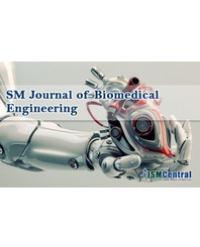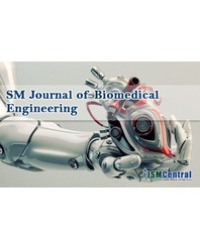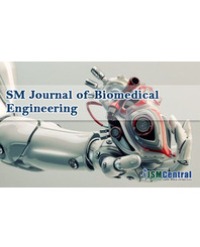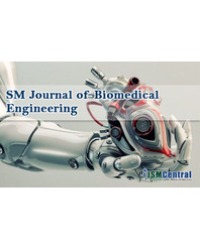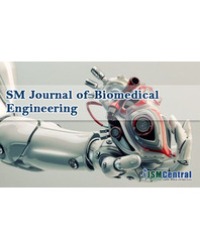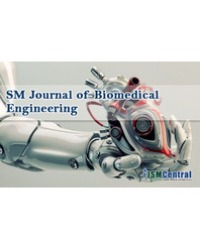
Fabrication of Conjugates Based on Poly (Ethylene Glycol) and Graphene Oxide for Antibacterial Wound Dressing Application
Wound infection leading to the uneasy wound management is an outrageous problem which needs to be solved seriously. This work aims to fabricate one drug carrier system, and the loaded natural antibacterial agent can be released in a controlled and long-lasting manner, especially under the pH value of alkaline environment. The results show that the fabricated drug carrier, Poly (Ethylene Glycol) (PEG) grafted on Graphene Oxide (GO) (denoted as PEG-g-GO), can carry Berberine Chloride Hydrate (BCH) with high efficiency and then release it in a controlled way against different pH values. Furthermore, such BCH carrier can be easily coated on the cotton fabric, and finally the functional fabric may show potential to be applied as an antibacterial wound dressing to control the wound infection and thus erase the unpleasant odour.
Lin Tan¹ and Jinlian Hu¹,²*

